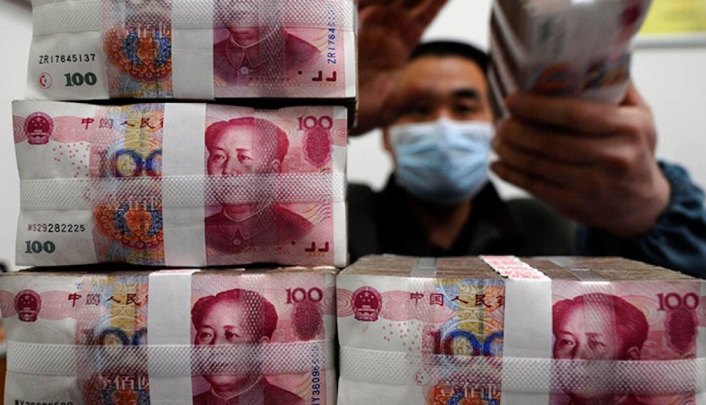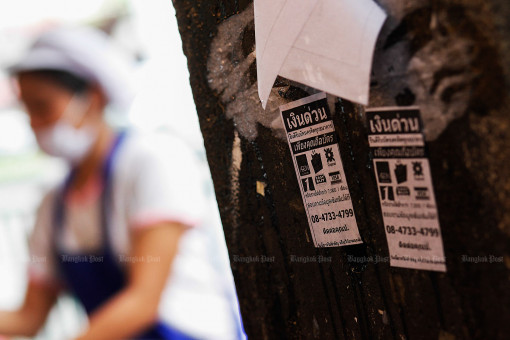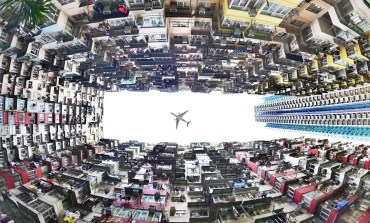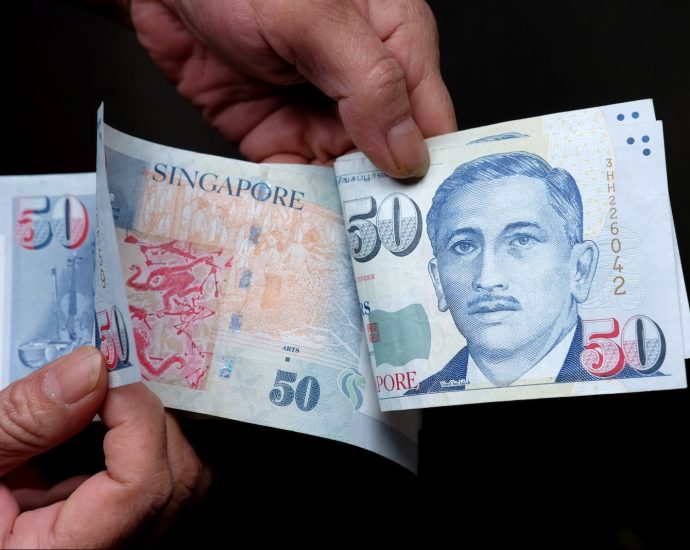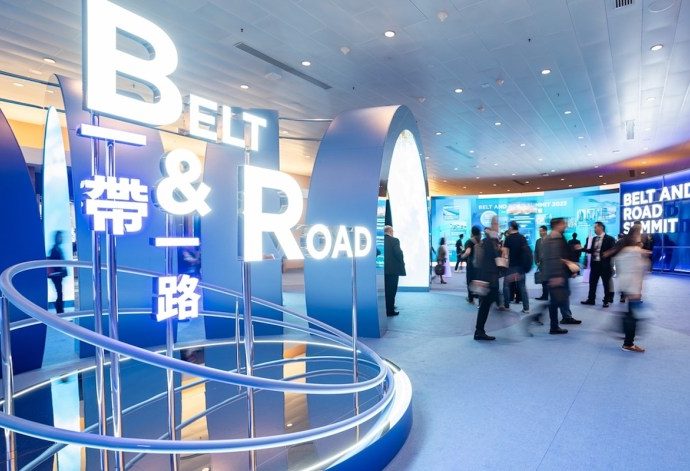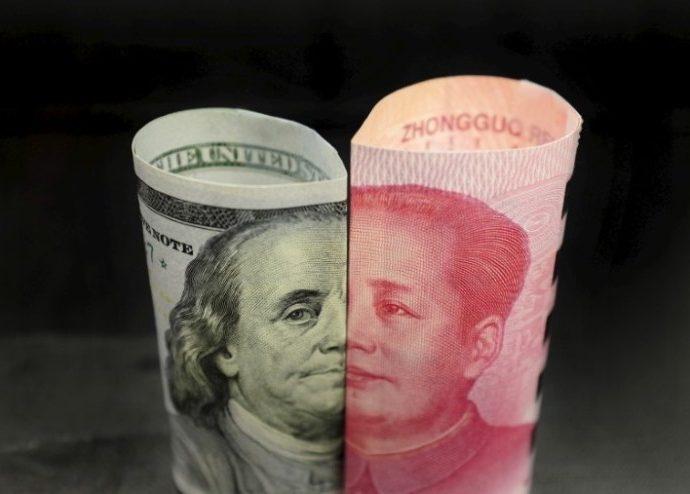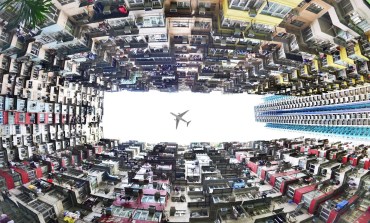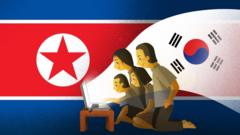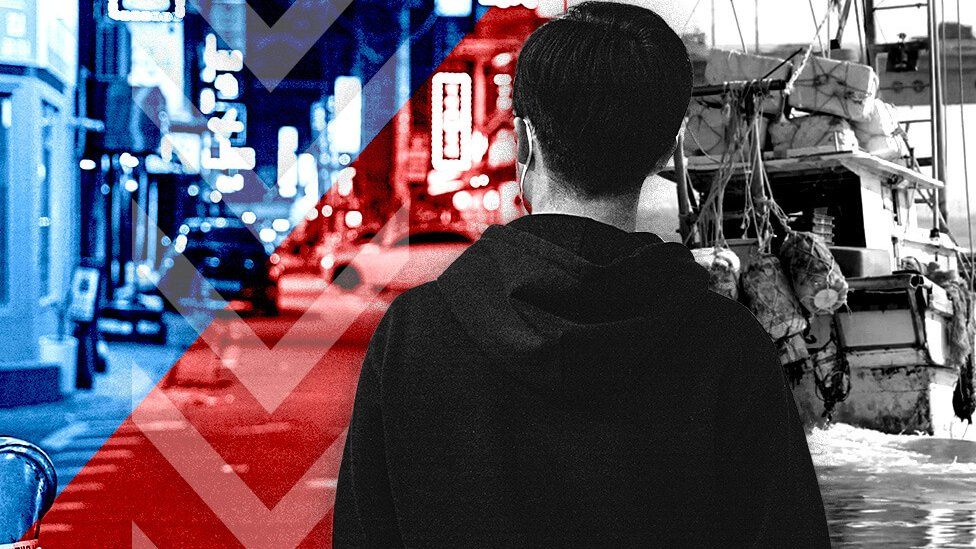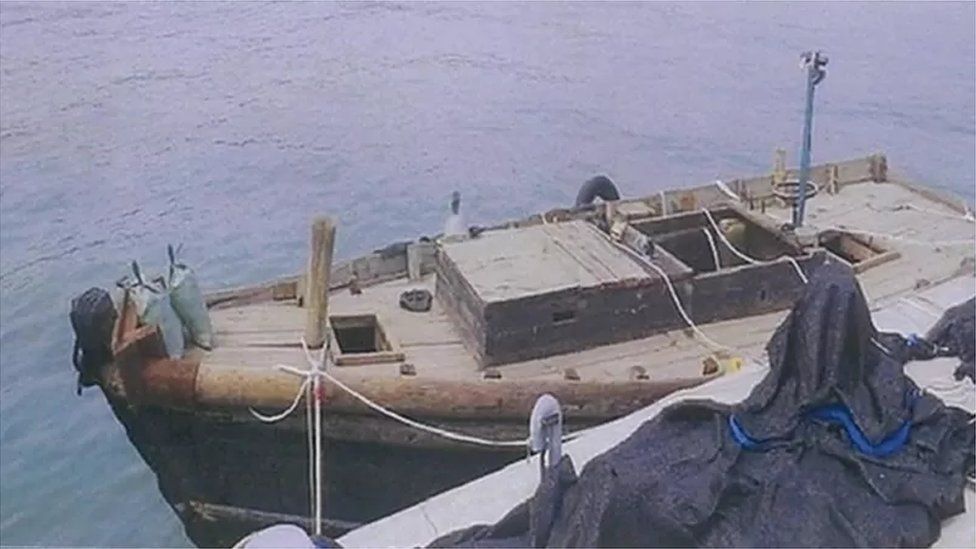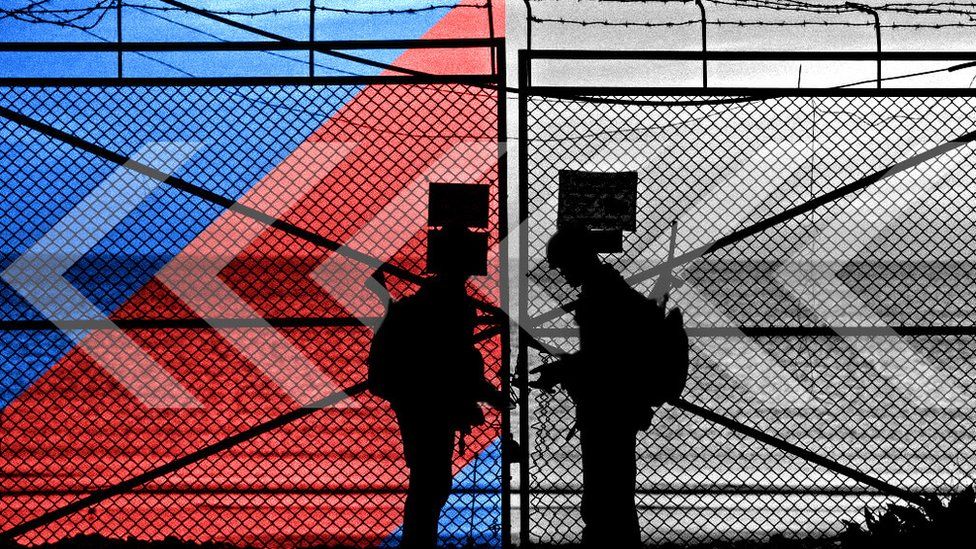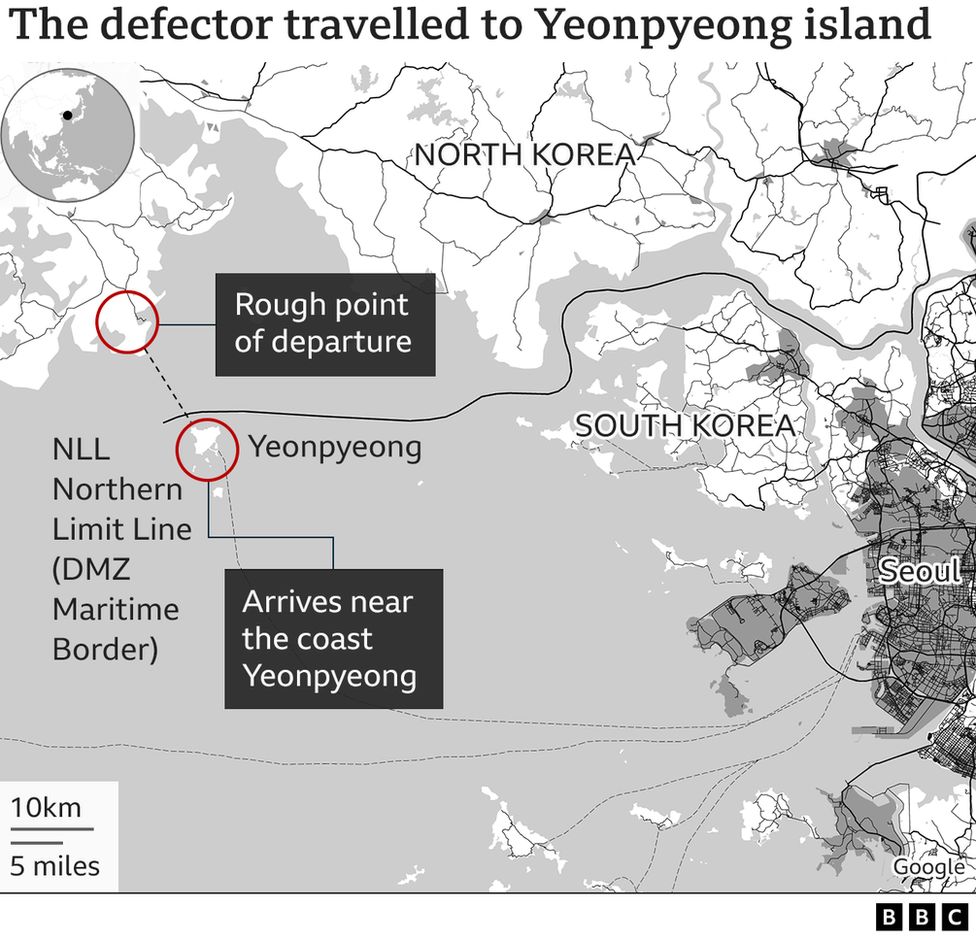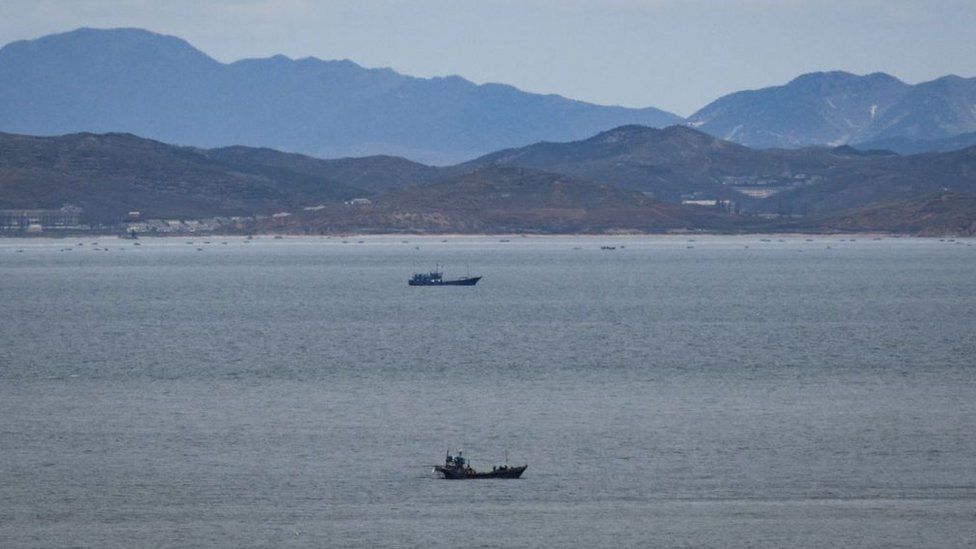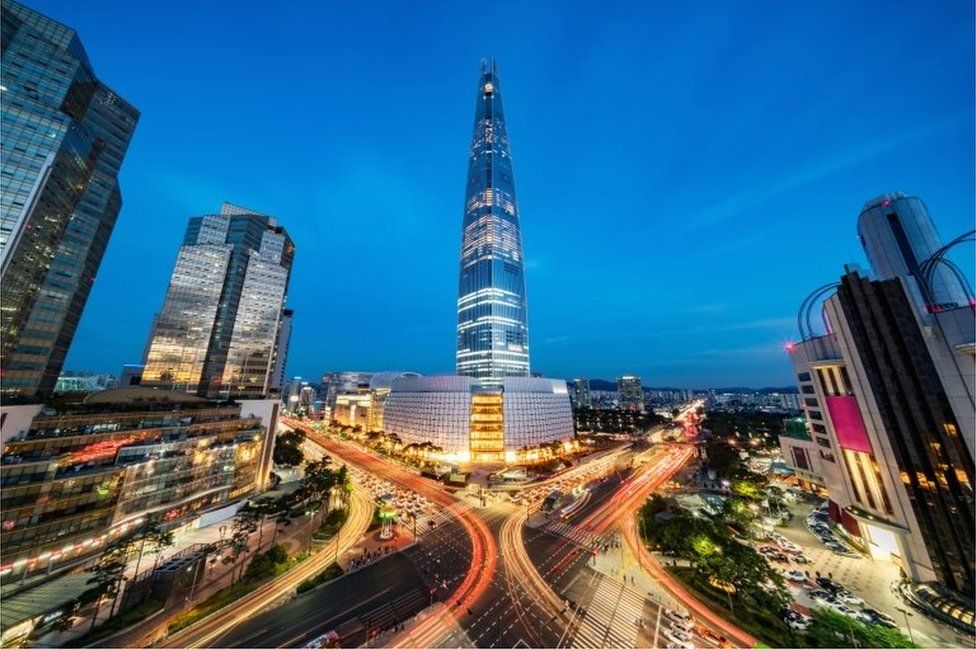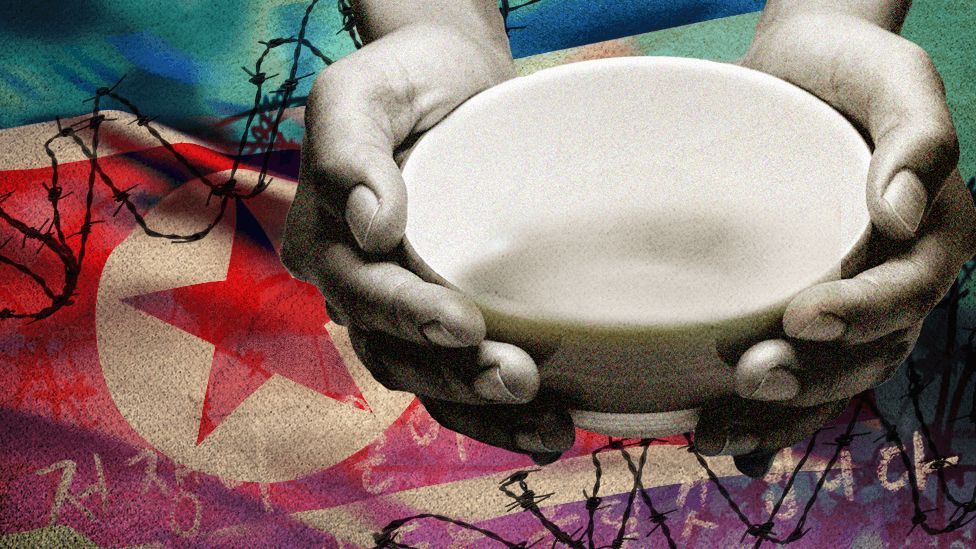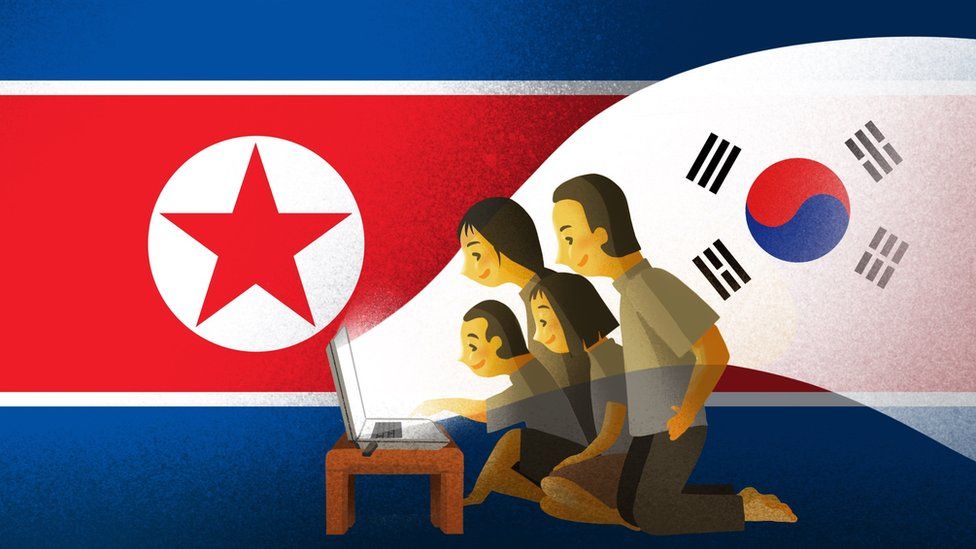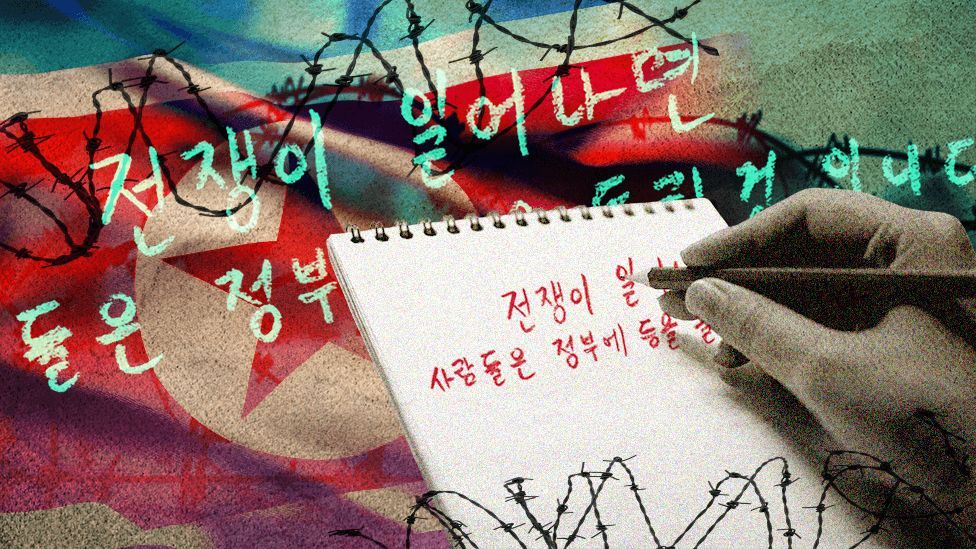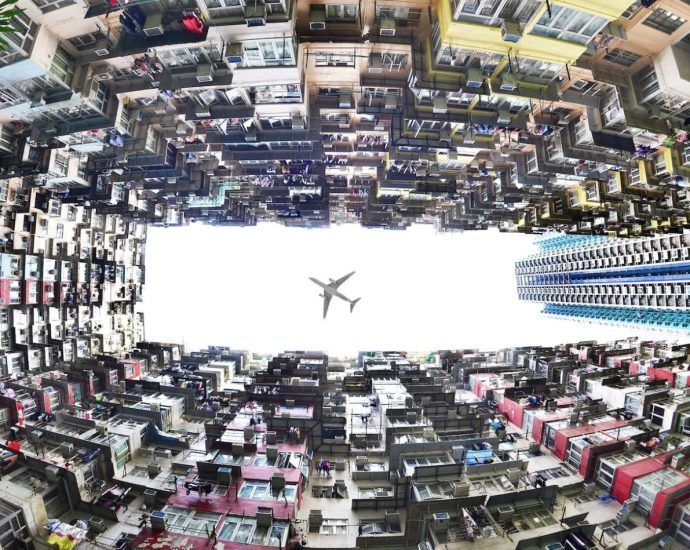Will property implode China’s economy? Not necessarily
Forty years of continuous growth has transformed China into one of the world’s two largest economies.
This is a remarkable achievement that has lifted hundreds of millions of people out of poverty and into the global middle class, consistently surpassing expectations and confounding those who predicted an economic bust.
That pace of growth is now slowing for several reasons. Like in many advanced economies, China’s population is getting older – a demographic transition that has been exacerbated by China’s one-child policy between 1980 and 2016.
Globally, there is post-Covid-19 resurgence of economic nationalism. Trade growth, already suffering from market saturation, is slowing as manufacturers in Europe and North America reshore, diversify their sources of supply or their governments impose trade barriers.
But there is another brake on China’s growth. Its economy has for many years depended on outsized domestic investment in real estate and infrastructure and those investments are showing sharply diminishing returns.
Local governments that rely on land sales for revenue need to service their debt and revenues are collapsing as the real estate boom falters.
Will China’s economy melt down as a result? Not necessarily – at least not in a financial crisis of the kind the West experienced in 2007–08. But it will not be easy to manage these problems, the remedies may be difficult, and the end result is likely to be much slower trend growth.
In joint research with International Monetary Fund economist Yuanchen Yang, we have estimated how much of China’s economy depends on real estate and associated infrastructure.

In 2021, the direct and indirect impact of real estate in China’s economy was 22% of GDP, or 25% when factoring in imported content. If infrastructure such as roads, mass transit and water pipes that service residential and commercial real estate is included, the total rises to 31%.
In the years immediately before the Covid-19 pandemic, the total was even higher. The only advanced economy in recent history with a similar share of real estate plus infrastructure investment in GDP was Spain during the run-up to the Global Financial Crisis, though that peaked below the 30% level that China has now sustained for a decade.
The physical transformation of China’s cities over the past three decades has been remarkable. But looking at the cumulative building that has already taken place, it is clear that the construction growth engine cannot power China’s economy as it has in the past.
Real estate is durable. As the stock increases, the economic returns to construction decline. For example, floor area per capita of housing in China is now equal to or greater than France or the United Kingdom.
While the United States’ housing stock remained stable at 65 square meters per capita from 2011 to 2021, China’s housing stock increased from 5 square meters per capita in 1992 to almost 49 square meters per capita in 2021.
80% of that floor space is in smaller, poorer Tier 3 cities, which have not benefited nearly as much from agglomeration effects as the richer, more prosperous Tier 1 cities like Shenzhen, Beijing, Guangzhou and Shanghai, and mid-ranked Tier 2 cities. Tier 3 city populations are already in decline, prices are falling and vacancies in many regions are high.
Nationally, the ratio of real estate under construction to completed commercial real estate has been steadily increasing, suggesting a market in which developers cannot complete projects due to a lack of final buyers and funding.
Infrastructure investment has similar challenges. Projected investment in high-speed rail vastly outpaces the growth in the number of people who are using it, and recent infrastructure investment has been concentrated in Tier 3 cities.
At the same time, local government debt has climbed relentlessly from around 5% in 2006 to 30% in 2018, even by conservative estimates, and regional private banks are also exposed. The central government can always decide to bail everyone out, but doing so while maintaining the credit growth needed to fuel the economy poses challenges.

Chinese household wealth is overwhelmingly concentrated in real estate. Even without a financial crisis, the central government will be forced to adapt to wean China’s economy off its dependence on this sector.
Beijing might use its sweeping powers to restructure and reallocate economic activity as it has done effectively in the past. There are also fiscal policies that would address this problem, such as increasing transfers to bail out local governments or allowing local officials to impose property taxes – though the latter appears off the table politically into the foreseeable future.
The government can also attempt to redirect infrastructure investment into areas that are still underinvested in Tier 3 cities, including schools and hospitals. China’s authorities have been effective at meeting economic challenges during its four decades of growth, but addressing this set of problems will be daunting even for them.
Kenneth Rogoff is Thomas D Cabot Professor of Public Policy and Professor of Economics at Harvard University and a member of the CEPR Research Policy Network on International Lending and Sovereign Debt.
This article was originally published by East Asia Forum and is republished under a Creative Commons license.

